As a responsible horse owner or handler you will need to keep you self updated on horse care information and basic guidelines to ensure your horse lives a long, happy life.
Keeping a horse involves a dedicated commitment of both time and money. You must providing adequate shelter and an exercise area that will most likely require cleaning, as well as a variety of horse supplies.
Basic horse care involves daily feeding and watering, daily exercise, and regular medical attention including vaccinations. But dedicated care will lead to optimal horse health, providing you with a fun and rewarding companion as a pet, for recreation, or for show.
1.Horse Habitat
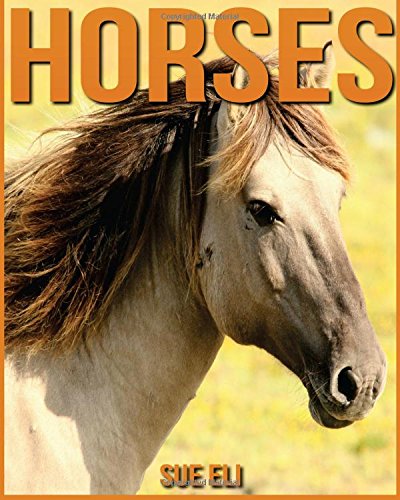
Horses: Amazing Pictures & Interesting Facts Children Book About Horses
Horses require some form of shelter to protect them from the elements. They need shade in the summer and protection from wind and cold in the winter. This can be a barn, horse stall, trees, or a simple shade cover depending on the climate. If they are in a small stall (should not be smaller than 12′ by 12′), they need to be turned out in a paddock daily so they can get enough exercise.
Fences should be in good repair. Try to avoid barbed wire because horses can get caught in it. The pasture and all barn areas should be checked for poisonous plants every few months to make sure horses do not ingest them. Gates should be secure and often it is a good idea to use a chain to keep them closed because some horses can learn to open gates.
If a horse is kept on dirt or sand they should be fed in a barrel or feed tub to keep their food off the ground. This will minimize the ingestion of sand, which can lead to sand colic.
2.Horse Feeding
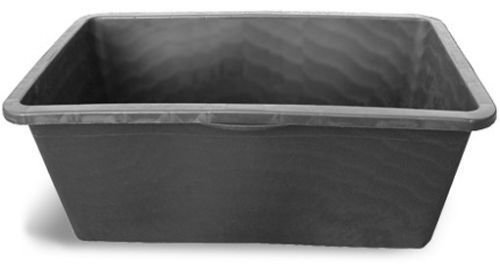
Faulks Multi Tub Horse Feed Bucket – Equine Stable Trough – 90L Rectangular
Horses should have a constant supply of fresh water, and a salt or mineral lick should be provided. As horses are grazing animals, they are used to eating all day, so the more often the better. They are generally fed twice a day: morning and evening.
The main component of a horse’s diet is roughage or hay. If a horse is kept on grass they may not need to be supplied with hay as long as pastures are green. The amount and type of hay to feed depends on the horse’s size and how much exercise the horse is getting. It is a good idea to talk to people at the feed store in your area and your veterinarian about what type of hay is best for your horse
Be careful not to feed too much hay with high protein content, because it can lead to hoof problems, if your horse is getting a lot of protein and not enough exercise. Often it works well to mix different types of hay to achieve a balanced diet, such as a grass hay and a high-calorie hay like alfalfa. Be very careful when feeding grain and err on the side of too little, especially if a horse is not getting much exercise as too much grain can also lead obesity and to hoof problems such as laminitis.
Stay away from oats and sweet feeds, because they are too rich and tend to make horses ‘hot’, meaning very excitable. Manufactured supplements such as the Purina products provide better nutrition and are not as rich. It will usually say on the packaging how much to feed, but talk to your veterinarian and adjust the amount of grain according to the amount of exercise the horse is getting. Corn oil can be added to grain if you are trying to get a horse to gain weight. There are also many specialized supplements for coat, joints, and hooves that can be fed for extra nutrition.
Do not feed a horse directly before or after exercise because it can lead to discomfort and problems with digestion.
3.Horse Grooming
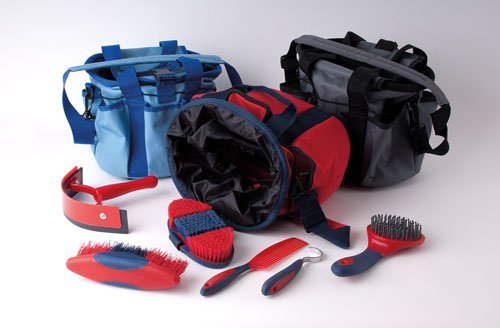
Rhinegold Complete Soft Touch Horses Grooming Kit with Bag
Horses should be groomed regularly to keep their coats in good condition. This also offers a chance to check your horse for cuts, ticks, and general health. Horses’ hooves should be picked out and checked regularly to make sure there are no pebbles stuck in the grooves on the bottom of the hoof.
If the bottom of the hoof looks white and pasty in places, your horse probably has a fungus. Standing in mud usually causes this. The fungus will usually go away if the horse is moved to a dry place, but sometimes it needs to be treated with over-the-counter anti-fungal medicine.
4.Horse Behavior
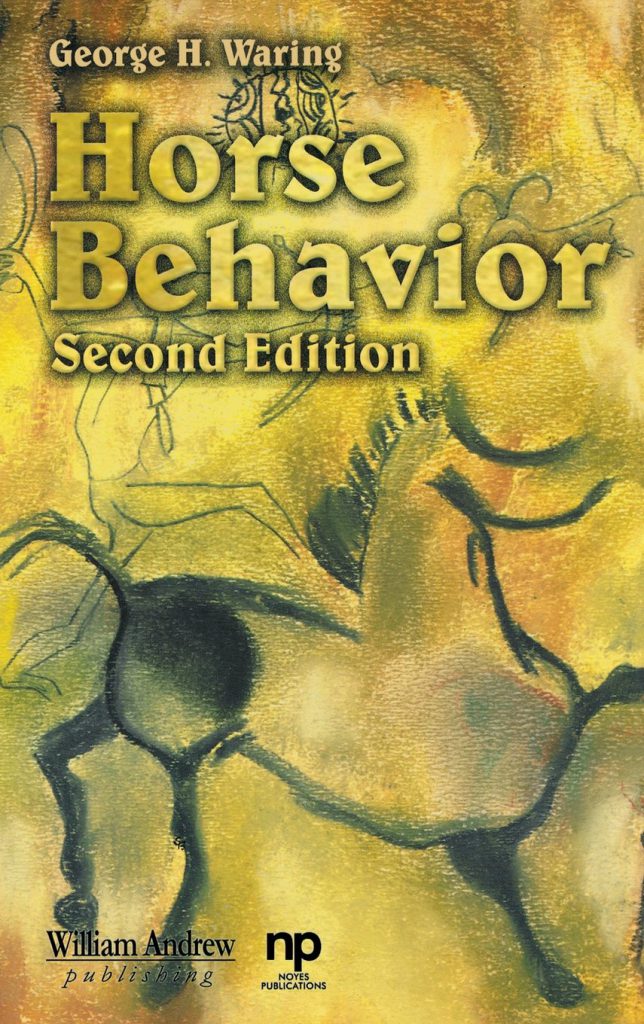
Horses are herd animals. If there are multiple horses in a pasture together, they will establish a pecking order and the leader will generally be a mare. It is normal for horses to bite each other and kick once in a while, but if one horse is picking on the others too much, he may need to be separated. Horses will generally travel around the pasture in a group. They will take turns lying down with the ones standing keeping watch.
If the horses are eating grass in a pasture, they should all be able to eat simultaneously without a problem. If you are feeding hay, it is a good idea to spread it out or have several feeders to ensure that each horse is getting enough food. You can also bring horses into stalls at feeding time, which is a good idea for horses that are fed grain or older ones who you want to monitor more closely.
5.Foot care
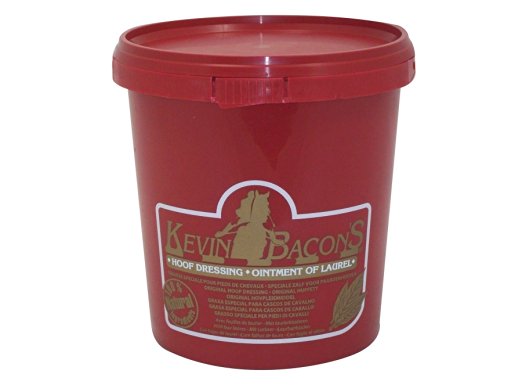
Kevin Bacon Original Hoof Ointment 1lt
An old but true saying runs ‘no foot, no horse’.
A horse’s foot has three parts:
Wall: this is the part you see when the foot is on the ground.
Sole: this protects the foot from injury from below. It isn’t very thick and riding over stones will cause lameness due to bruising of the sole. The sole should not touch the ground.
Frog: this is the firm elastic structure at the rear portion of the foot. It absorbs concussion following foot impact with the ground.
Every time a horse is handled its feet should be inspected for damage or soreness and particularly for stones or glass embedded in the frog. If the animal is shod a check must be made for stones between shoe and frog and for looseness. A hoof pick should be used to clean the feet.
Horses to be ridden on roads or rough ground or to be given heavy work should be shod. Shod horses should be inspected at least every six weeks for replacement or adjustment of shoes. Hot shoeing should only be carried out by an experienced farrier.
Unshod horses should have their hooves trimmed, if necessary, every 8 weeks.
6.Teeth

Horses aged 2–5 years of age should have their teeth examined prior to commencement of work or at 6–monthly intervals. Horses should have their teeth checked at least once a year after reaching the age of five. A horse with bad teeth cannot eat properly and is likely to lose condition or be difficult to ride. Regular veterinary attention will make sure that your horse’s teeth are in good shape.
7.Cleaning
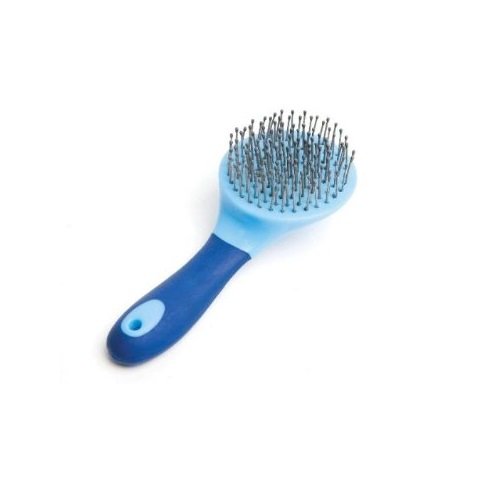
Bitz Gripping Mane and Tail Brush Gripper Handle – Blue
1. Invest in quality brushes and keep them clean. One cannot achieve a thorough result when you brush your horse with dirty or dusty accessories. In addition, you will keep your accessories even longer if you continue to maintain them.
2. To avoid fungal infections, each horse should have its own range of brushes.
3. Brush your horse everyday. The more you brush, the more you distribute natural sebum evenly over the hair. When it comes to brushes, nothing beats good old-fashioned elbow grease.
4. Select the brush depending on the season. Winter brushes tend to be stiff and actually help in removing excess skin and dandruff. Summer brushes come in a variety of shapes and sizes. Choose a small, soft brush for the face, or a larger one for the body.
5. Brush the hair in the direction of which the hair grows.
6. It is important to always pick out your horse’s feet with a hoof pick. Not only when you prepare your horse for riding but every day.
7. Treat your horse’s hooves with a hoof polish that has a lanolin base. Apply one per week to keep your horse’s hooves in good condition.
8. Some horses tend to be ticklish when brushing if they have sensitive skin. Make sure to take extra caution around these areas.
9. When brushing the mane and tail, you should start from at the ends and work your way up. If you are trying to get the mane and tail to grow you shouldn’t brush it every day. Instead, only pick out shavings and untangle the hair with your hands to avoid breaking the hair and preventing growth.
10. Grooming mittens are ideal for wiping dust from your horse’s coat and to apply bug spray.
11. If the mane and tail are stubborn to untangle due to knots you should use a detangler to help with brushing out their mane and tail.
12. To stimulate hair growth, massage the tail root of your horse daily with a body brush. This will loosen and remove dirt and dander that may cause your horse to itch his tail.
If you have any information,questions, or feedback you would like to include in this webpage.
Please email momo19@naturekingdoms.com or leave your comments below.